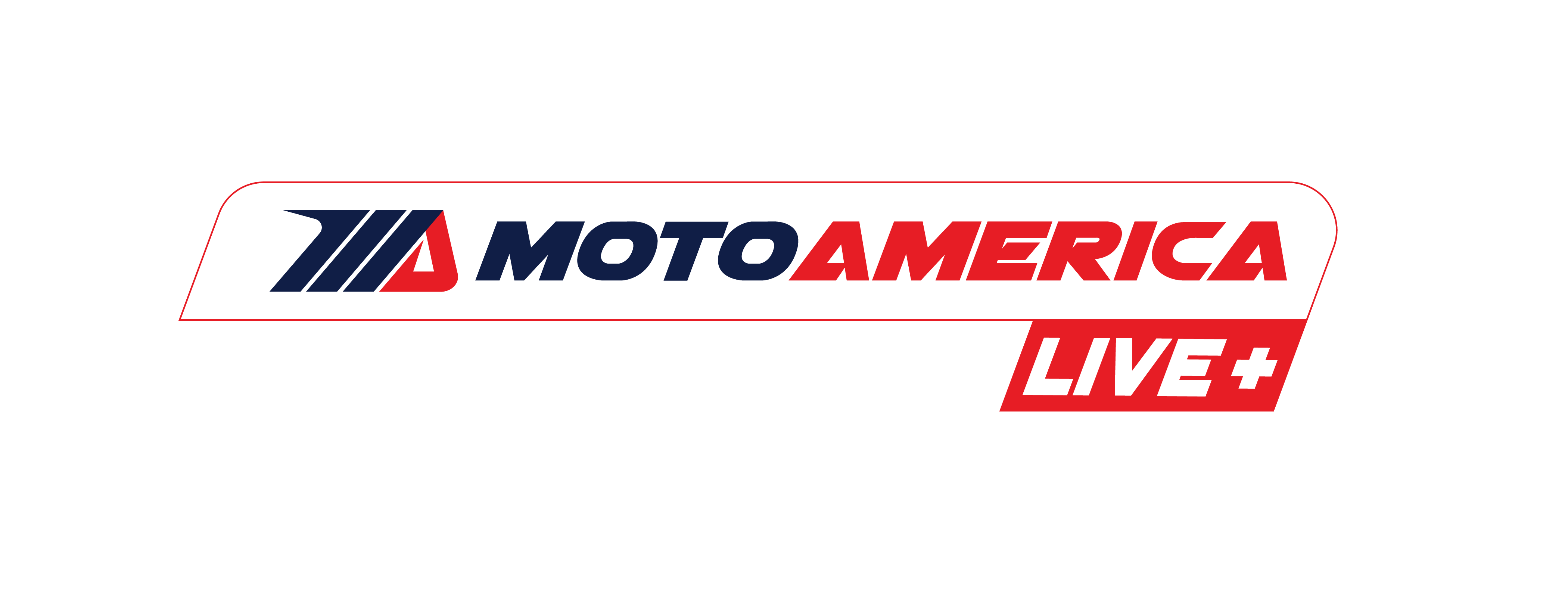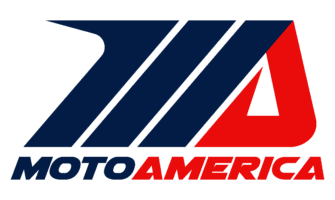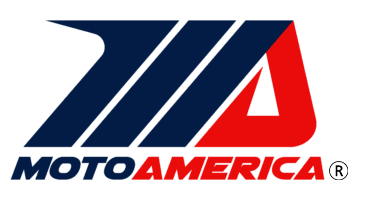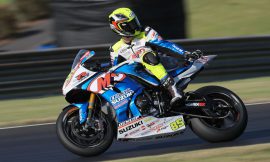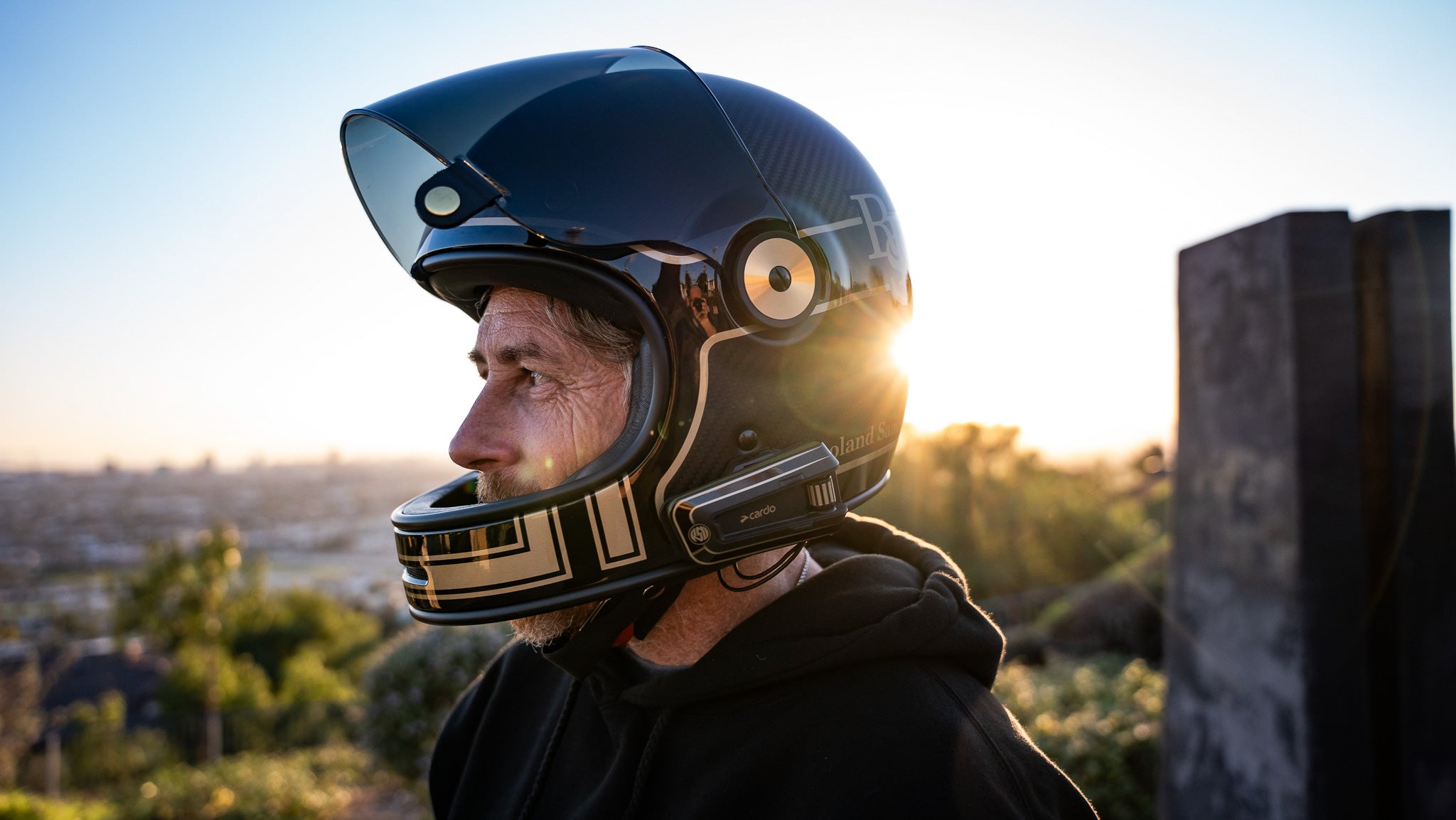
When I first met quintessential Californian Roland Sands, he was competing in AMA 250 Grand Prix, an eclectic race class that I still consider to be my all-time favorite, even more than two decades after it ceased existence following the 2003 season.
There was just something about those bikes and riders. Both were persnickety, temperamental, and thoroughly captivating. Rich Oliver won five AMA National Road Racing Championships and 71 races aboard the two-stroke machines that were fawned over with near-constant attention to barometric pressure, humidity, and stoichiometric ratios, along with glorious plug-chop procedures after every track session, followed by carburetor jetting changes and needle-height adjustments.
It was after one particular plug chop at New Hampshire International Speedway (Loudon) when I met Roland Sands. As he rolled his blue number-10 Yamaha TZ250 through the infield gate adjacent to Loudon’s Turn 1-1A-2 combination, I instinctively, put my hand on his bike’s aerodynamic tail section and helped him and his crew push the silent machine back to the paddock so they could check the color of the two spark plugs in the V-twin’s cylinders and make sure, like Goldilocks and the Three Bears, that the porridge, I mean, the air-fuel mixture was not too rich and not too lean. “Just right” works for two-stroke production GP road racing as well as it does for fairy tales.
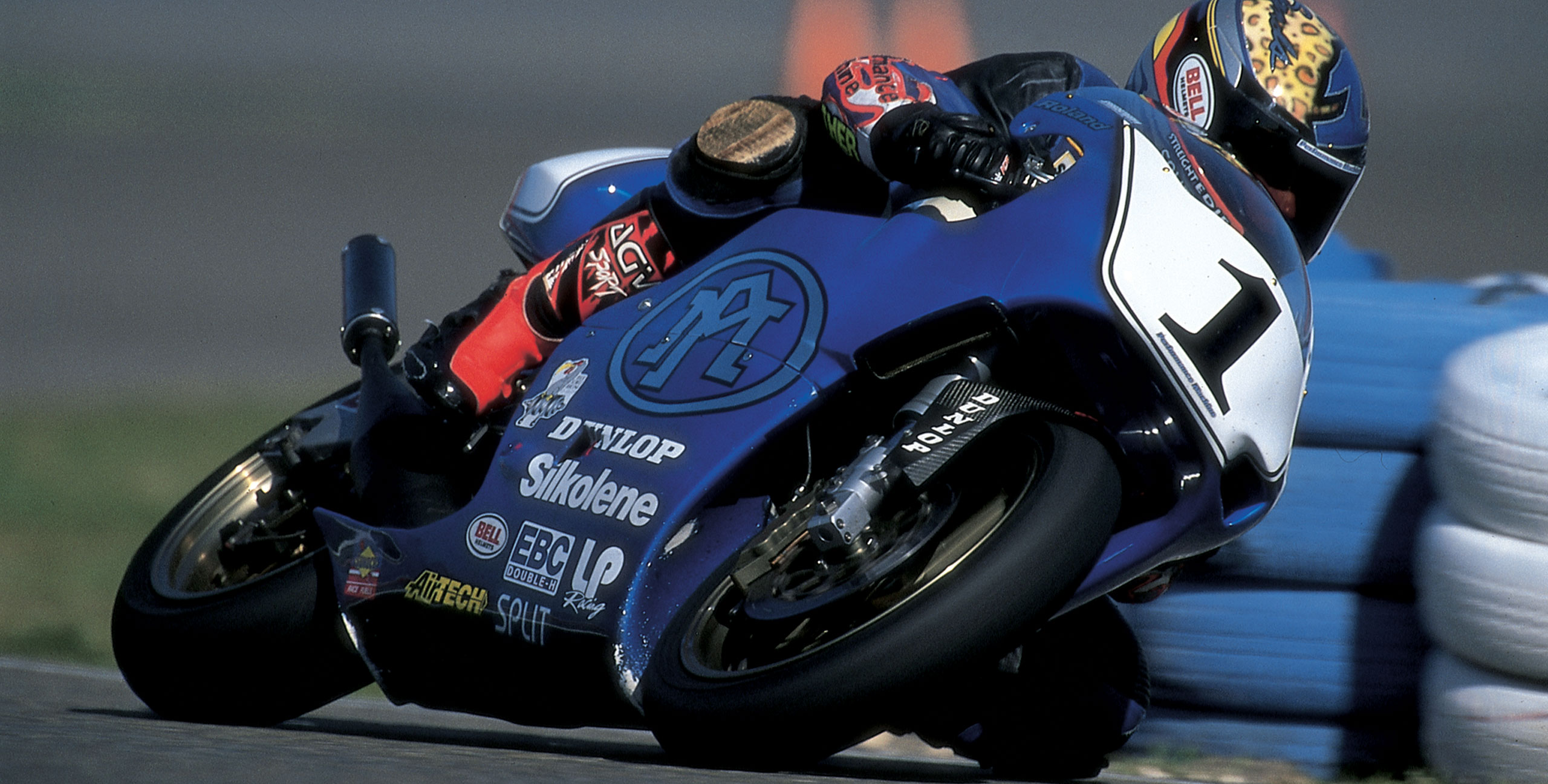
It didn’t take me long to realize that Roland Sands was different. All the 250GP riders were different, but Sands was especially different. He thanked me for helping get his bike back to his paddock spot, but he also asked me about me: where was I from, what bikes did I ride, and questions of that nature. Soon, he realized my penchant for two strokes and, eventually, my professional life as an advertising creative director.
Roland Sands and I have that in common: creative services.
Working with his dad Perry at Performance Machine in California from the age of 14 not only provided him with the ways and means to race in, and win, an AMA National Championship in 1998, but it also provided him with an outlet—a motorcycle-centric palette—on which to express his creativity.
From 1994 through the 2002 season, Sands and his familiar blue-liveried, Performance Machine-sponsored TZ250s were a fixture in the AMA paddock as he competed against the likes of the aforementioned Oliver, Chuck Sorenson, Jimmy Filice, and other notables.
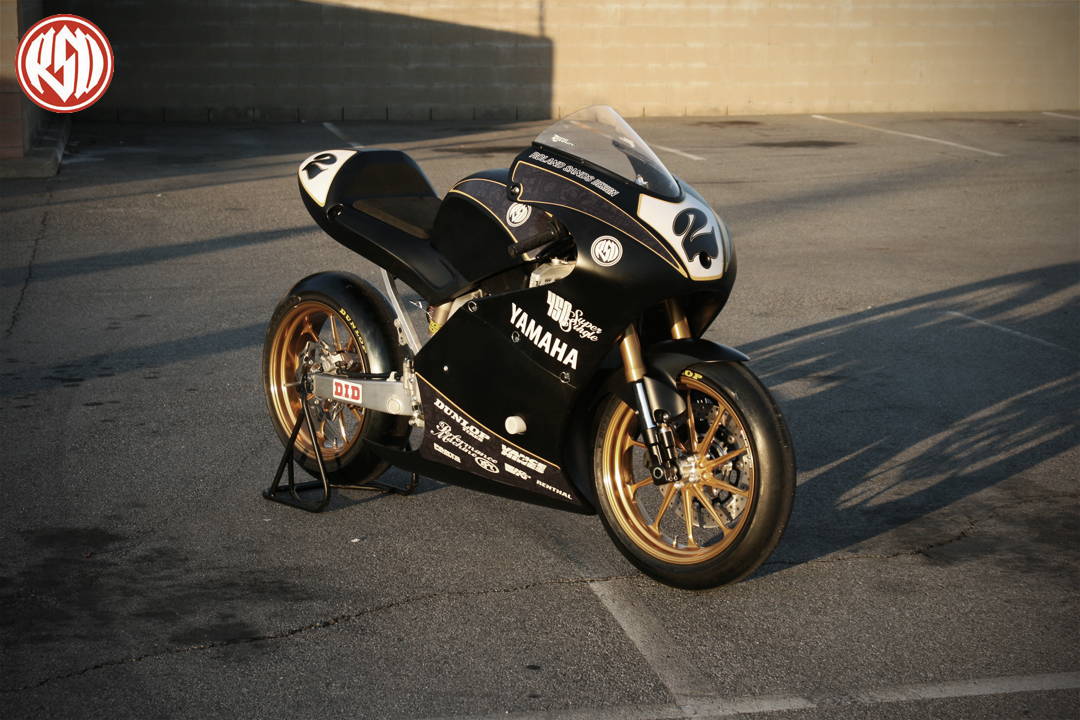
As he transitioned from road racing to “the full-time working world,” his life was focused on art, design, engineering, fabrication, and turning his dreams into reality.
Roland Sands Design, which he founded in 2005, quickly became so ubiquitous in custom motorcycle culture that, soon, the three letters “RSD” were enough to stir the senses and conjure up visions of bespoke café racers, customized production bikes, tribute bikes to road racing legends, and even nimble road racing machines powered by four-stroke, single-cylinder 450cc motocross engines.
It’s difficult to know just how many different motorcycles, motorcycle components, and custom parts Roland Sands has created and produced. Most started out on a sketchpad and have ended up winning top prizes in bike-building contests and been sold at auctions for hefty sums of money.
RSD also carries all sorts of other motorcycle paraphernalia, from hats and helmets, to jackets and boots, to parts and accessories for a wide range of motorcycles.
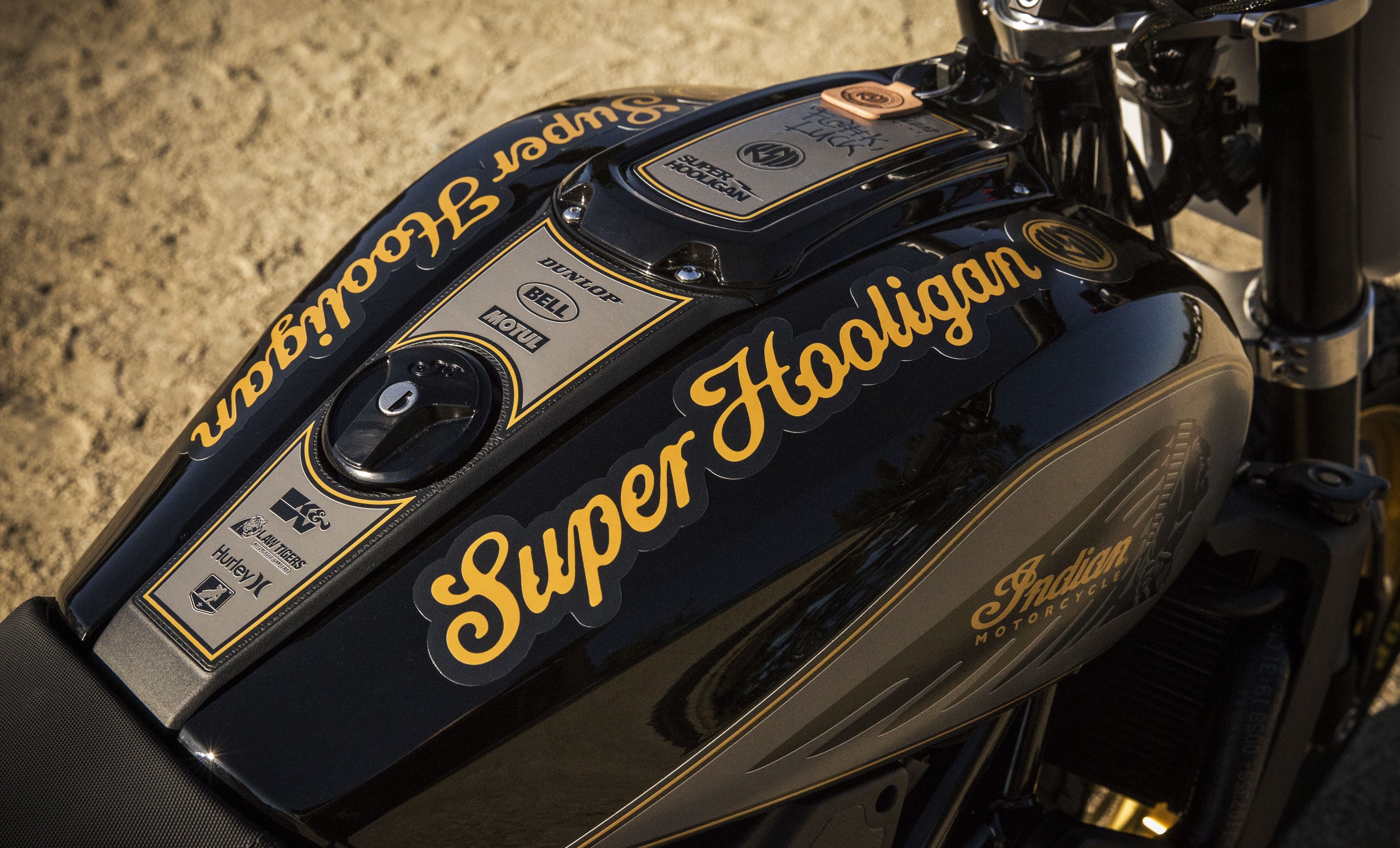
And then, there is the MSHNCPBHD, an acronym not quite as compact and recognizable as the quintessential “RSD,” but the Mission Super Hooligan National Championship Powered By Harley-Davidson has gained quite a fan following, and that includes me.
“Super Hooligan,” if you’re into the whole brevity thing, started out on the beach in Southern California with streetbikes converted into racing machines and kicking up sand on makeshift ovals merely footsteps from the Pacific Ocean.
In 2021, the Super Hooligan National Championship became an exhibition class in MotoAmerica, owned by Roland Sands and operated by MotoAmerica. In a short time, the SHNC gained a title sponsor and was officially recognized by the American Motorcyclist Association as a road racing-only championship for which the AMA awards a number-one plate each year to the season champion.
I coined the phrase “high-handlebar heroes” for this class because one of the hard and fast rules is that the bikes must be equipped with handlebars that rise ever-so-slightly above the triple clamps. No clip-ons below the triple clamps means the riders have to be “in the wind” to be in the winning. They’re naked, streetfighter-style motorcycles with little to no aerodynamic bodywork, and the class has attracted more than 10 different OEM brands of motorcycles, from Harley-Davidson, to Ducati, to Yamaha, to KTM, to Indian, and the past two years even saw a couple of EV on the grid, with Energica and Zero Motorcycles also joining the fray.
And, what a fray it is. At the rounds where Super Hooligan competes, the class always attracts the most rider entries and is, without question, one of the fan favorites during our race weekends.

But, enough about the bikes and the race class, how about that eclectic two-stroke road racer Roland Sands? He grew up to become one of the world’s best-known and foremost custom motorcycle creators, and he has now become one of the world’s best-known and foremost creators of a highly successful motorcycle road racing class.
The man has vision. He sees things differently than most other people. And he’s created a livelihood and a lifestyle by allowing his creativity and free thinking to flourish.
He also clearly knows how to give the people what they want. What they want right now are high-handlebar heroes.
Enjoy the racing.
For the full 2025 MotoAmerica schedule and to purchase tickets for MotoAmerica events, click HERE
For information on how to watch the MotoAmerica series, click HERE


